The top-secret X-37B space plane lifted off on a Falcon Heavy rocket from Florida, beginning its seventh mission at a higher orbit than the previous six.
Falcon Heavy rocket carrying X-37B aircraft takes off. Video: SciNews
The US military's X-37B robotic space plane lifted off on a SpaceX Falcon Heavy rocket from NASA's Kennedy Space Center (KSC) in Florida at 8:07 p.m. on December 28 local time (7:07 a.m. on December 29 Hanoi time) after weeks of delays. Two attempts to launch SpaceX's top-secret X-37B plane earlier this month were canceled due to bad weather and equipment problems on the ground, according to Space .
The December 28 launch marked the seventh liftoff of the X-37B to date and the first flight on the Falcon Heavy rocket, the second most powerful rocket in the world (after NASA's Space Launch System). This was SpaceX's 95th launch of 2023, and the next launch comes just hours later when a Falcon 9 rocket carrying 23 Starlink satellites lifts off from the US Space Force's Cape Canaveral Station. The X-37B's new mission, called OTV-7 (Orbital Test Vehicle-7), or USSF-52, will take advantage of the rocket's power. The primary goals of the flight include "operating a reusable spaceplane in a new orbit."
The Falcon Heavy consists of the first three stages of the Falcon 9 rocket, joined together. The center booster is located on the second stage, with the cargo compartment on top. The first three stages of the Falcon Heavy are reusable. This time, the two outer stages returned to land safely at Cape Canaveral Station, located next to KSC, about 8.5 minutes after launch. This was the fifth launch and landing of the two stages. The center stage of the Falcon Heavy rocket flew for the first and only time. It fell into the Atlantic Ocean after launch, using too much fuel to return to Earth for recovery and reuse.
The X-37B looks like NASA's decommissioned space shuttle, but it's much smaller. The unmanned vehicle is just 28 feet long with a 15-foot wingspan. By contrast, each space shuttle is 125 feet long and has a wingspan of more than 80 feet. The US Space Force operates two X-37Bs, both built by Boeing. The spaceplanes are primarily used as orbital testbeds, allowing the military to see how equipment operates in space. However, details about the X-37B's missions, from the flight plan to the actual equipment itself, are kept secret. For example, the US Space Force has only described the goals of OTV-7 in general terms as expanding the understanding of space experimentation with future technologies.
The X-37B will also carry some civilian equipment, such as NASA’s Seeds-2 experiment. Seeds-2 will expose plant seeds to the harsh radiation environment of a long-duration flight. The project will build on the success of previous experiments and pave the way for future manned missions.
US officials have not said how long the OTV-7 mission will last. All six previous X-37B missions have lasted more than seven months each, flying in low Earth orbit, just a few hundred kilometers above the ground. The Falcon Heavy will take the X-37B much higher, potentially reaching geosynchronous orbit at an altitude of 35,000 kilometers. The first five X-37B flights took off on United Launch Alliance Atlas V rockets. SpaceX provided launch services for the two most recent missions: OTV-6 on a Falcon 9 rocket and OTV-7 on a Falcon Heavy rocket.
An Khang (According to Space )
Source link


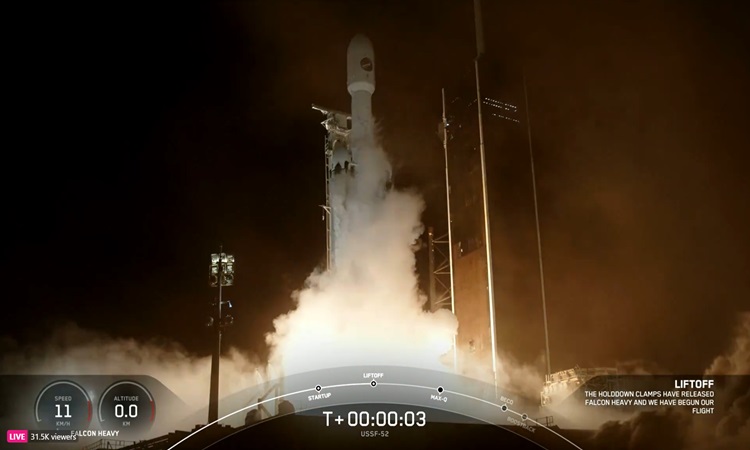
![[Photo] Warm meeting between the two First Ladies of the Prime Ministers of Vietnam and Ethiopia with visually impaired students of Nguyen Dinh Chieu School](https://vstatic.vietnam.vn/vietnam/resource/IMAGE/2025/4/17/b1a43ba73eb94fea89034e458154f7ae)
![[Photo] Promoting friendship, solidarity and cooperation between the armies and people of the two countries](https://vstatic.vietnam.vn/vietnam/resource/IMAGE/2025/4/17/0c4d087864f14092aed77252590b6bae)
![[Photo] Prime Minister Pham Minh Chinh and Ethiopian Prime Minister visit Tran Quoc Pagoda](https://vstatic.vietnam.vn/vietnam/resource/IMAGE/2025/4/17/18ba6e1e73f94a618f5b5e9c1bd364a8)
![[Photo] President Luong Cuong receives Kenyan Defense Minister Soipan Tuya](https://vstatic.vietnam.vn/vietnam/resource/IMAGE/2025/4/17/0e7a5185e8144d73af91e67e03567f41)
![[Photo] General Secretary To Lam receives French Ambassador to Vietnam Olivier Brochet](https://vstatic.vietnam.vn/vietnam/resource/IMAGE/2025/4/17/49224f0f12e84b66a73b17eb251f7278)
![[Photo] Welcoming ceremony for Chinese Defense Minister and delegation for friendship exchange](https://vstatic.vietnam.vn/vietnam/resource/IMAGE/2025/4/17/fadd533046594e5cacbb28de4c4d5655)
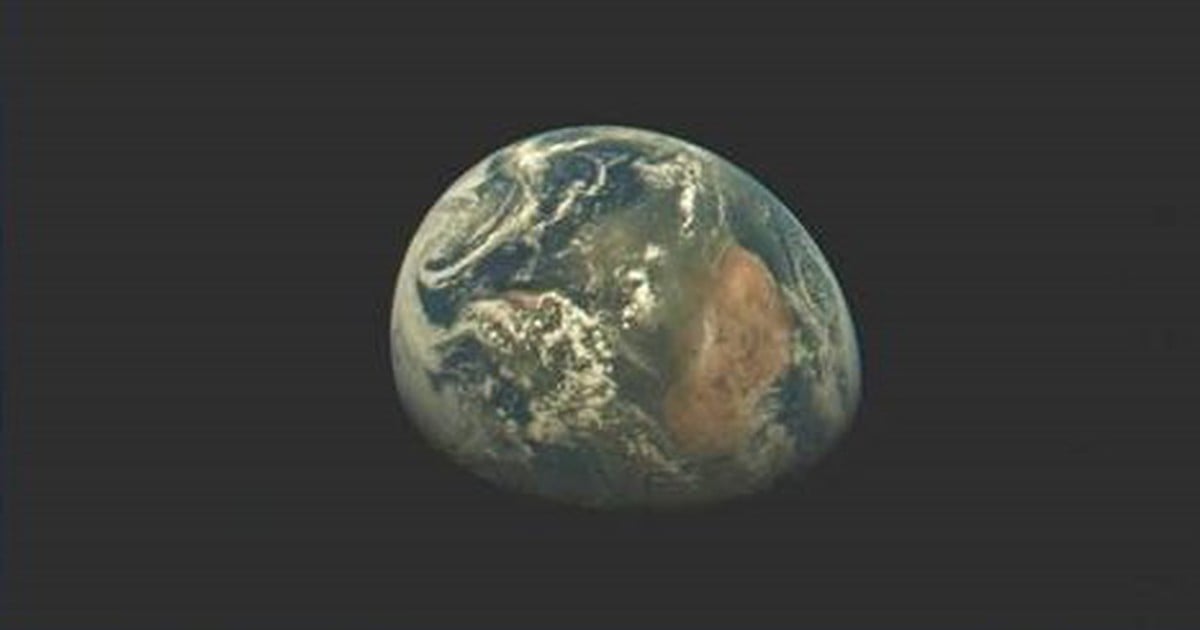

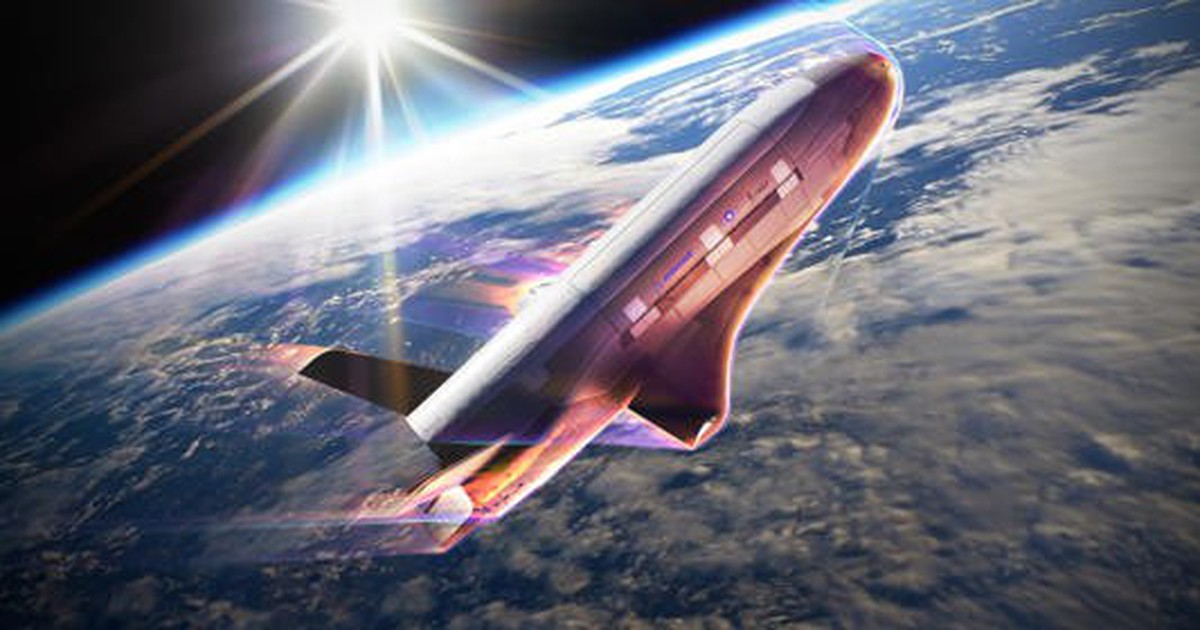
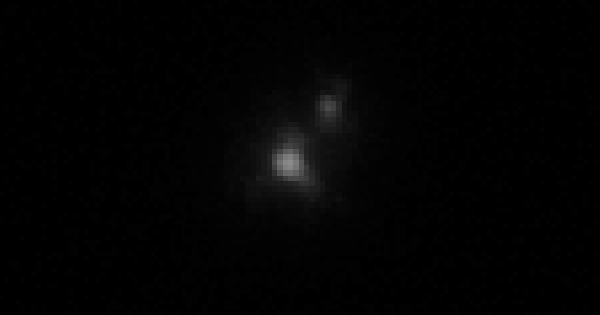
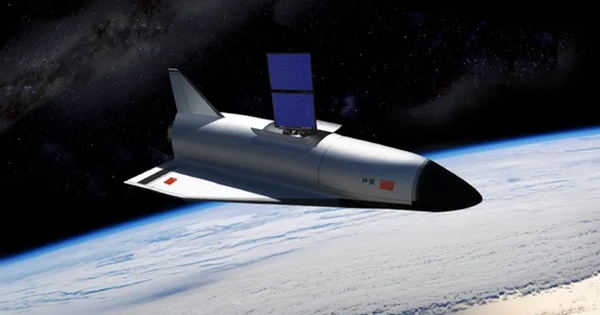
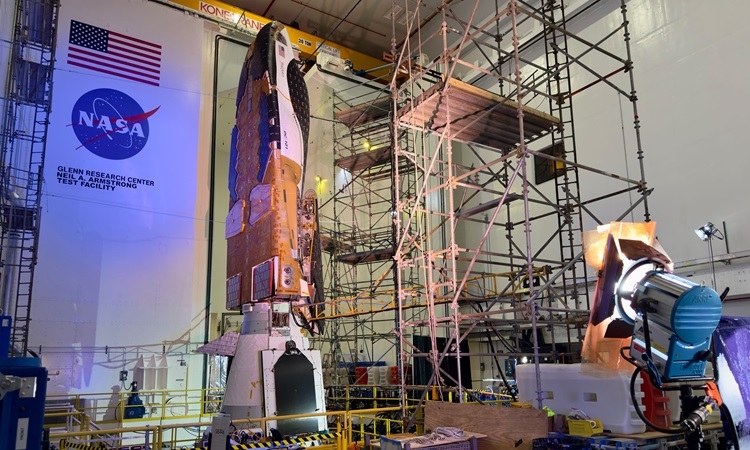
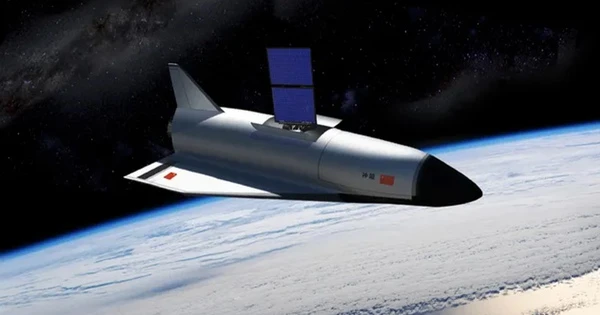

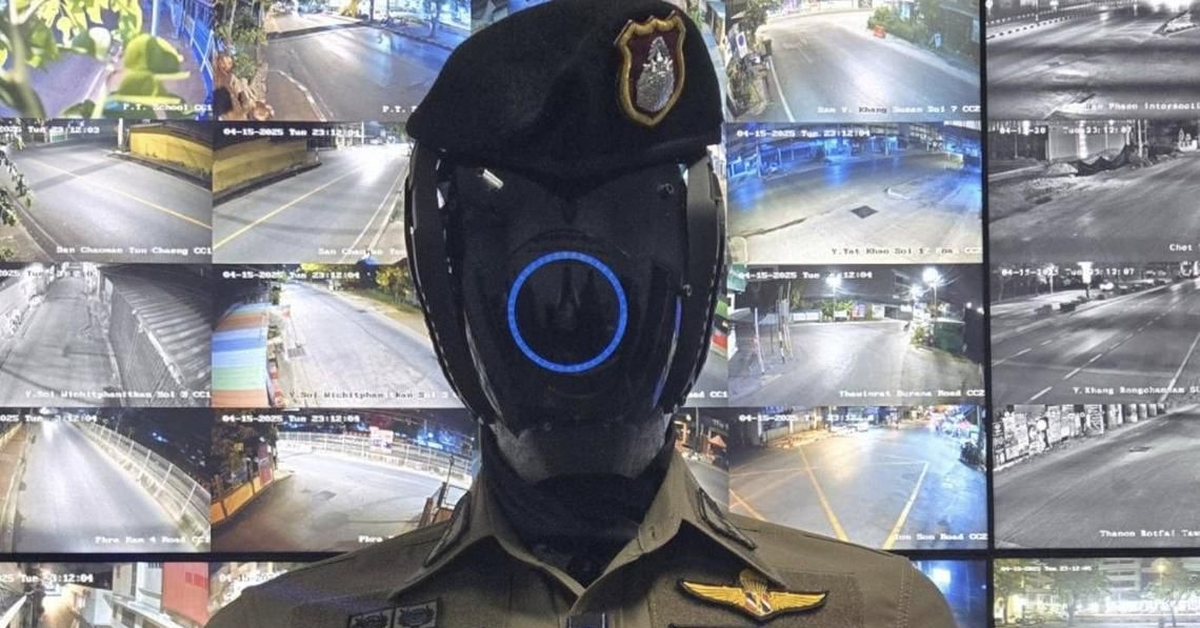


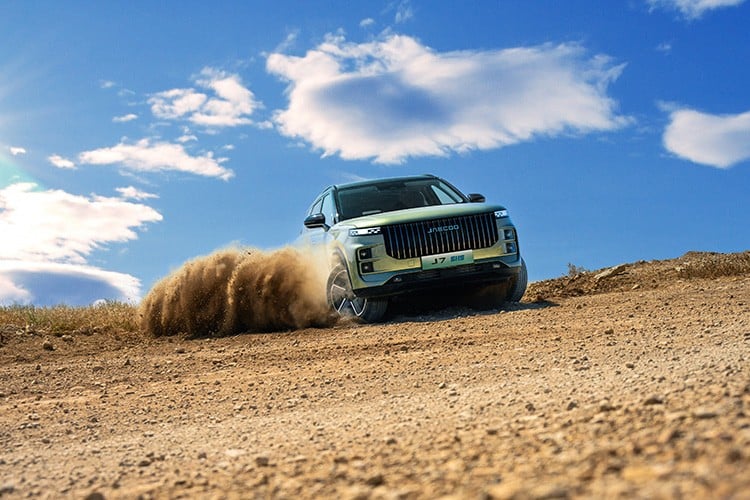
![[Video] For the first time, businesses are not limited in spending from the Science and Technology Fund](https://vstatic.vietnam.vn/vietnam/resource/IMAGE/2025/4/17/c4916ce9668149c1ad4cfa0f81a084ec)












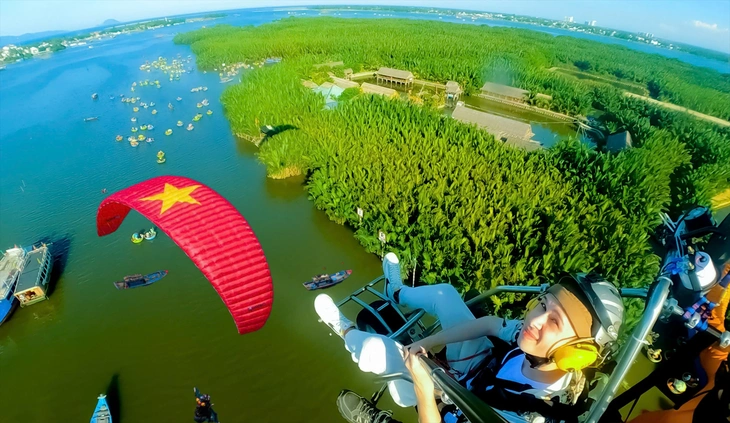



















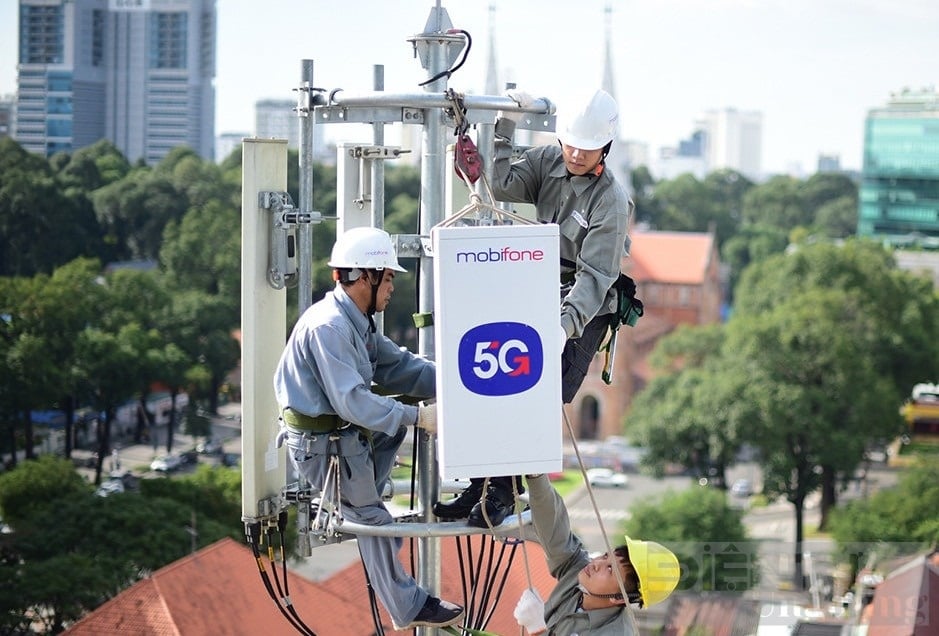





![[Video] Viettel officially puts into operation the largest submarine optical cable line in Vietnam](https://vstatic.vietnam.vn/vietnam/resource/IMAGE/2025/4/17/f19008c6010c4a538cc422cb791ca0a1)





































Comment (0)